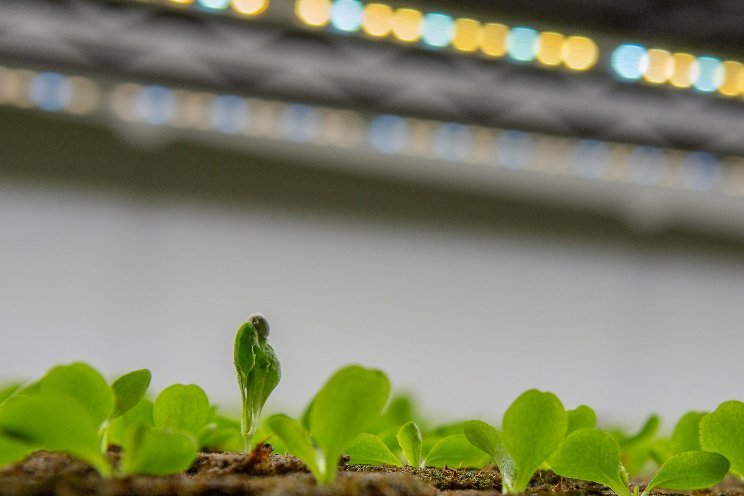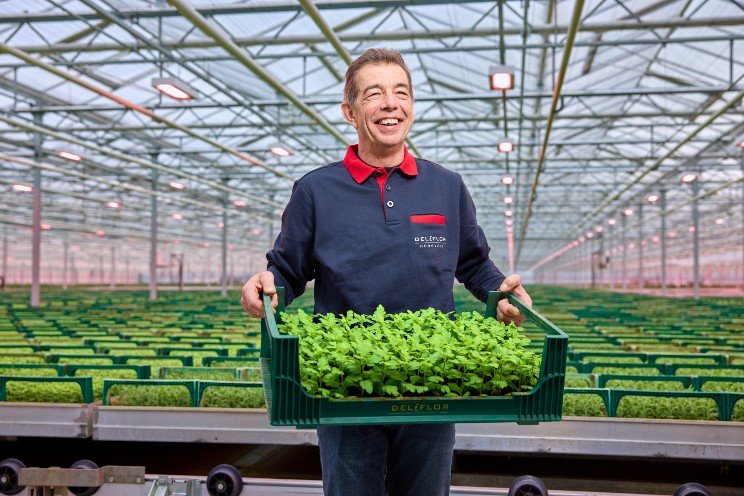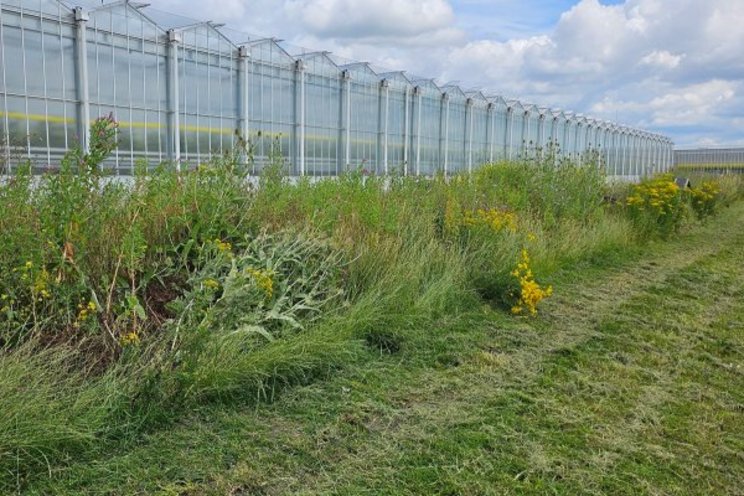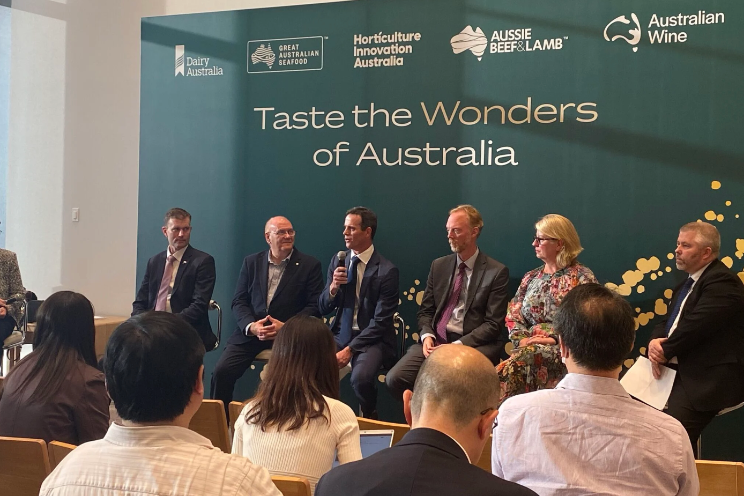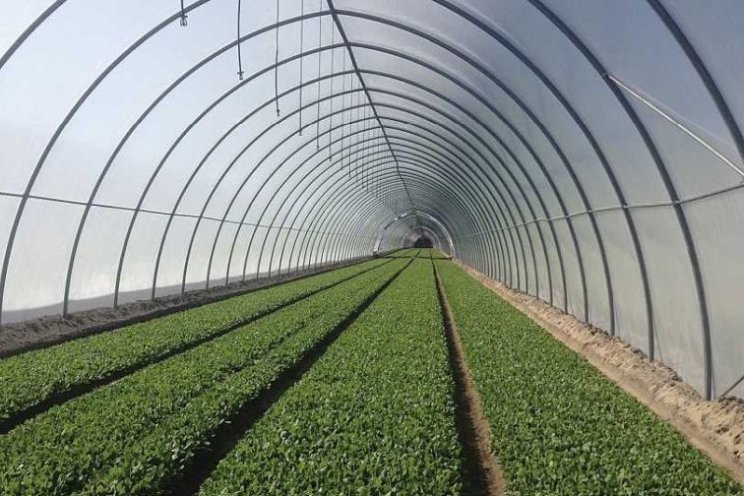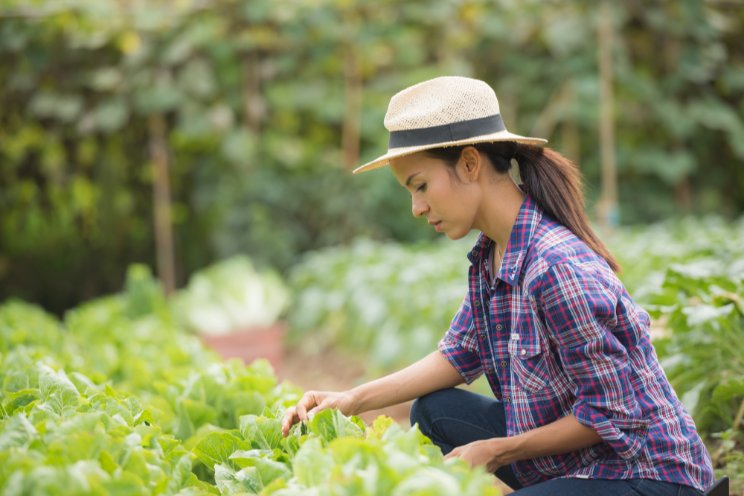Signify and WUR continue collaboration
Added on 05 September 2023
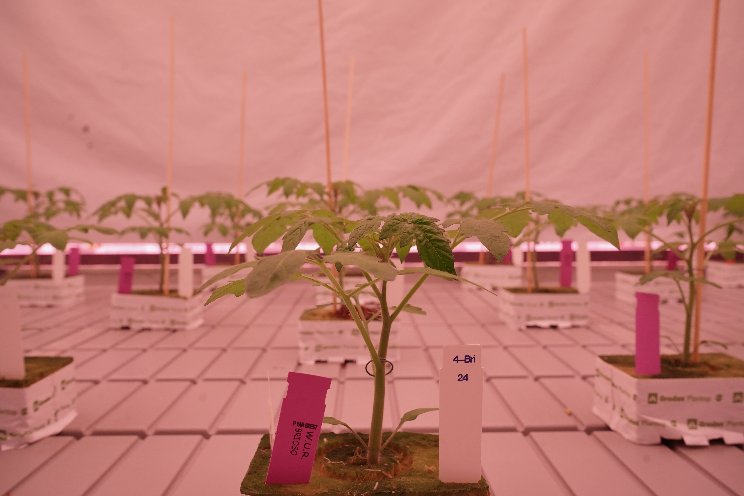
This will allow their research into energy- and cost-effective lighting strategies for horticultural crops to continue vigorously. Recent research confirms that dynamic grow lighting deserves more attention; with variable spectra and light intensities, you can optimize both the crop and energy management. There is a great need for that, partly due to the sharp rise in energy prices.
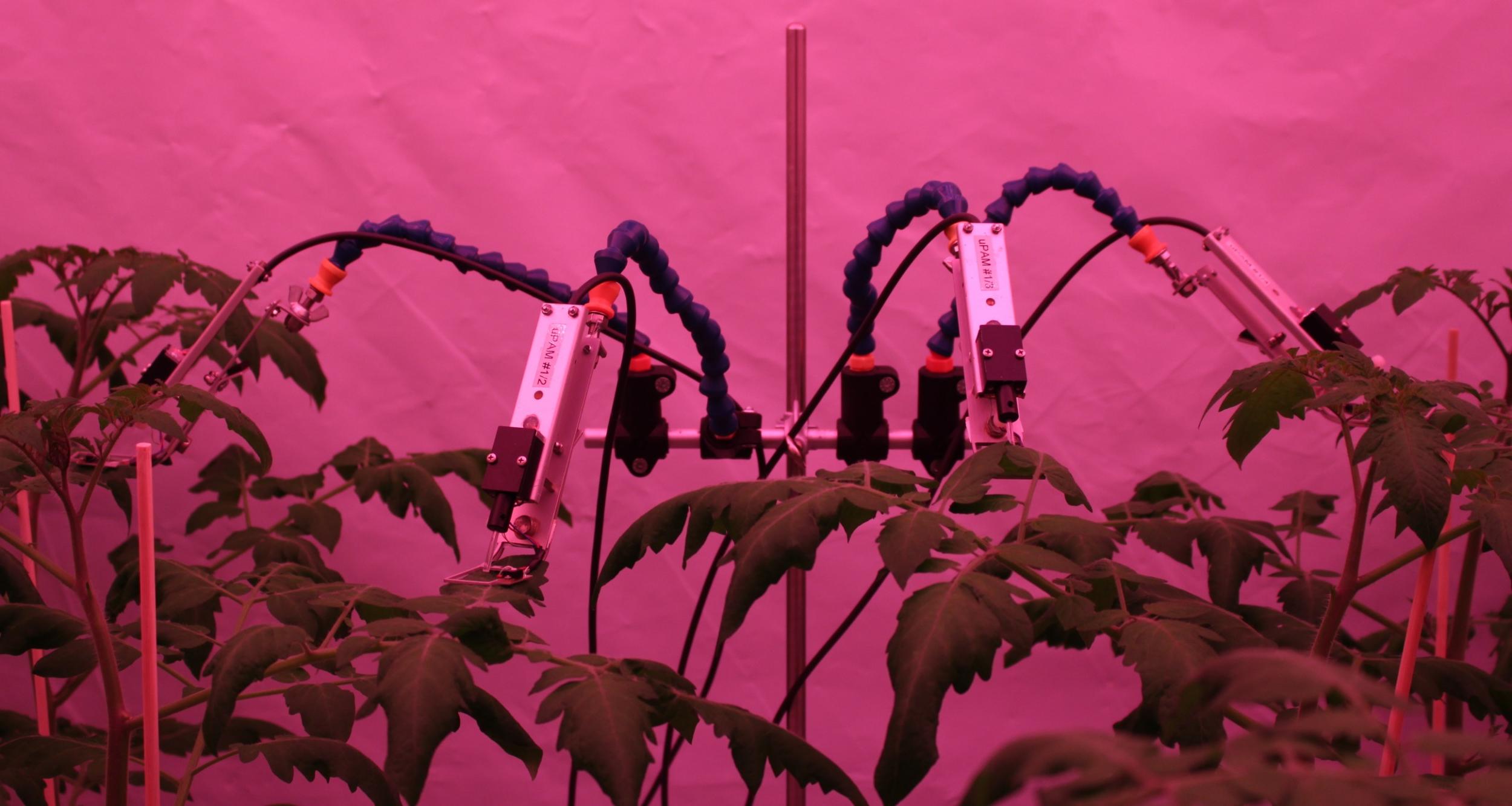
The IDC-LED has been located at the research site of Wageningen University & Research in Bleiswijk since 2013. From the outset, Signify has been providing the joint research facility with state-of-the-art Philips GreenPower LED installations and control software. The IDC-LED includes two greenhouses with twelve and fourteen cultivation tables, and a greenhouse with four compartments for high-wire cultivation. All the cultivation tables and compartments can be lit separately by LED modules that can be individually controlled for intensity and light spectrum (blue, white, red and far-red light).
Ground-breaking research
In the past ten years, groundbreaking research has been conducted on the effect of light recipes for horticulture. This has contributed to an accelerated switch from HPS installations to energy-efficient LED installations at horticultural companies that grow crops under artificial lighting. “It is not uncommon for the results to be applied one-on-one in practice," says lead researcher Anja Dieleman of Wageningen University & Research. “For example, full LED light recipes have been developed for rose, cucumber, chrysanthemum and alstroemeria. Growers are achieving good results with the full LED installations at a much lower electricity consumption compared to HPS.”
Energy costs and dynamic lighting
A recent research project into the (new) opportunities posed by dynamic lighting also seems to hold great promise for practical application. Esther de Beer, Global Manager of the plant specialist team at Philips LED, explains: “Due to the increased energy costs, growers are seeking new ways to reduce lighting expenses. Therefore, installations are now being switched more frequently to avoid expensive lighting hours and make the most of relatively cheaper ones. This strategy is promising, but it had never been studied in detail before. Last year, a new project was initiated, funded by Kas als Energiebron (Greenhouse as Energy Source), and promising results have been seen from it."
Minimal amount of light is sufficient
Anja Dieleman explains that in the IDC-LED experiment, young tomato plants were subjected to various lighting conditions, where the lamps were either dimmed or switched off for varying durations and to different extents. The growth of tomato plants under constant light intensity was compared with those that experienced intermittent light intensity, which was either switched on and off or dimmed every minute or every half an hour.
Switching on and off at full light intensity resulted in a lower chlorophyll content, less photosynthesis and lower plant weight. Strategies in which the light was not switched off, but dimmed every minute or half hour, yielded similar results to continuous full lighting. “Our conclusion is that a minimal amount of light is enough to keep the growth process going, and that tomato plants can then respond quickly to changes in light intensity. Temporary dimming is therefore clearly preferable to temporarily switching off light installations.”
Key role of dynamic light
Extensive publications about the research will follow later, but with this, both parties show that there is a good future for dynamic lighting. “As we learn more about the precise effects and ranges for specific crops, dynamic lighting will play a key role in energy management for greenhouse horticulture companies,” concludes De Beer. “The IDC-LED will continue to prove its value in the coming years.”
More news

